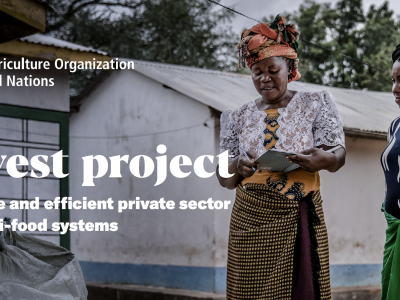
Strengthening the migration-development nexus through improved policy and institutional coherence
The research community has thus far given the topic of policy and institutional coherence for migration and development (PICMD) little attention. Responding to this gap, this paper aims to provide a conceptual framework for PICMD. Beginning with a broad overview of policy coherence for development (PCD) and its evolution since the 1990s, this paper proposes a three-part working definition of PICMD. It defines policies coherent for migration and development as those that (1) pursue synergies to advance shared objectives, (2) actively seek to minimize the negative side effects of policies, and (3) prevent policies from undermining each other or the achievement of agreed-upon development goals. The paper outlines the levels at which PICMD should be pursued—intragovernmental, intergovernmental, multilateral, and multi-stakeholder. Moreover, it defines three broad categories of policies that are relevant to the migration-development nexus—migration policies (narrowly conceived); sectoral policies not specific to migration, yet which nonetheless affect or are affected by migration; and migration-related development policies—and explores potential synergies, incoherencies, and solutions in each of these groupings. The paper concludes by identifying significant types of research gaps in the area of PICMD. These include gaps related to data collection and analysis, policy formulation and implementation, and the impact and coherence of policies.
Loading Conversation




